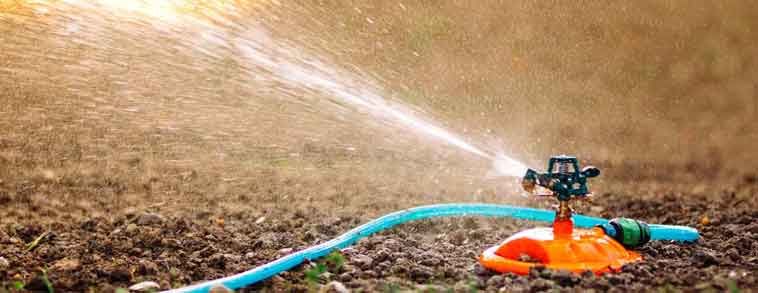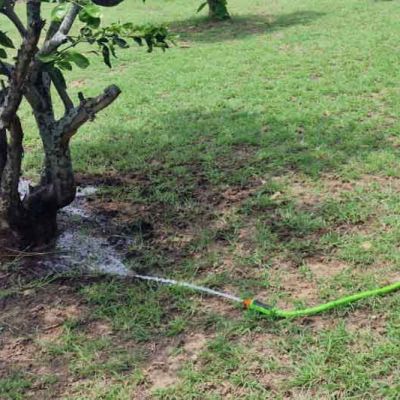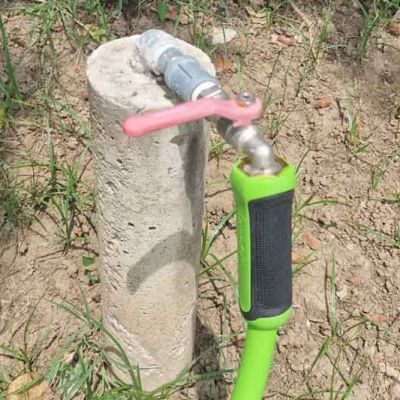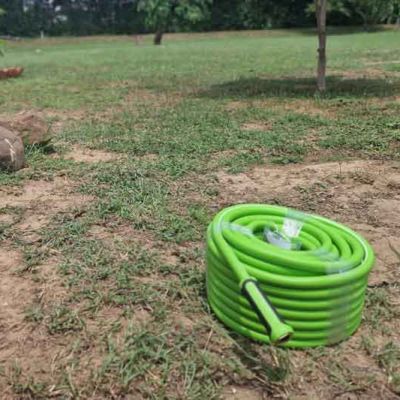
Planning for Efficient Irrigation: The Next Step in My Garden Water Journey
Following the lessons I shared in my previous blog on establishing a reliable water supply, it’s time to dive into the next phase—making that water work smarter, not harder.
With a half-acre (around 2,200 square meters) to manage, hauling heavy hoses from one corner of the plot to another quickly becomes a tiresome and inefficient chore. That’s why strategically installing water access points at each corner of the property is more than a convenience—it’s a necessity. This setup drastically reduces the length (and weight!) of hoses required, minimizing wear-and-tear and simplifying day-to-day garden maintenance.

Top Tip #4: Reduce Hose Length, Reduce Hassle
The shorter your hose runs, the less water pressure you lose, the less tangle you deal with, and the faster you finish watering. It’s a win on all fronts. If you’re working with uneven terrain, consider installing tap stands or risers to keep everything accessible and easy to operate.
Once multiple access points are in place, the logical next step is designing a smart irrigation system. For my needs, I’ve started evaluating the best approach to suit a mix of raised beds, perennial borders, and a small orchard area.
Top Tip #5: Choose the Right Irrigation Method
Depending on your layout and budget, here are some great options to consider:
- Drip Irrigation – Ideal for targeted watering of vegetable beds and individual plants. It’s water-efficient and excellent for reducing fungal issues by keeping foliage dry.
- Sprinkler Systems – Best for larger open areas like lawns or wildflower patches. Look for adjustable heads to reduce waste.

Note: While soaker hoses can be an affordable and easy-to-install option for flat ground, I’ve found they don’t perform well on sloping sites like mine. Water tends to collect at the lower end, leaving upper sections dry. Because of this, I’m focusing on a combination of drip irrigation for precision watering and sprinklers for broader coverage.

As I move forward with my system, I’m planning to map out watering zones and connect them to a timer to streamline the entire process. Automating even part of your irrigation can save hours each week and ensure your plants stay consistently hydrated.
Stay tuned for the next post, where I’ll break down how I’m designing my garden into irrigation zones and selecting equipment for each section. Whether you’re just starting or looking to upgrade your setup, smart planning today will pay off all season long!


